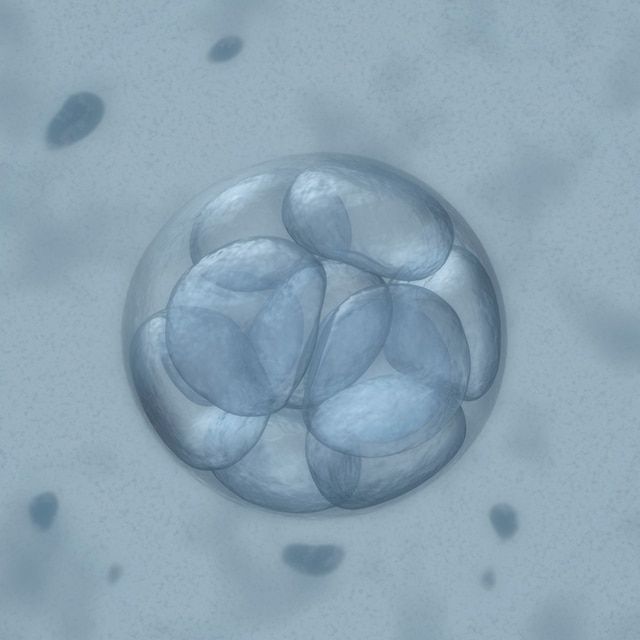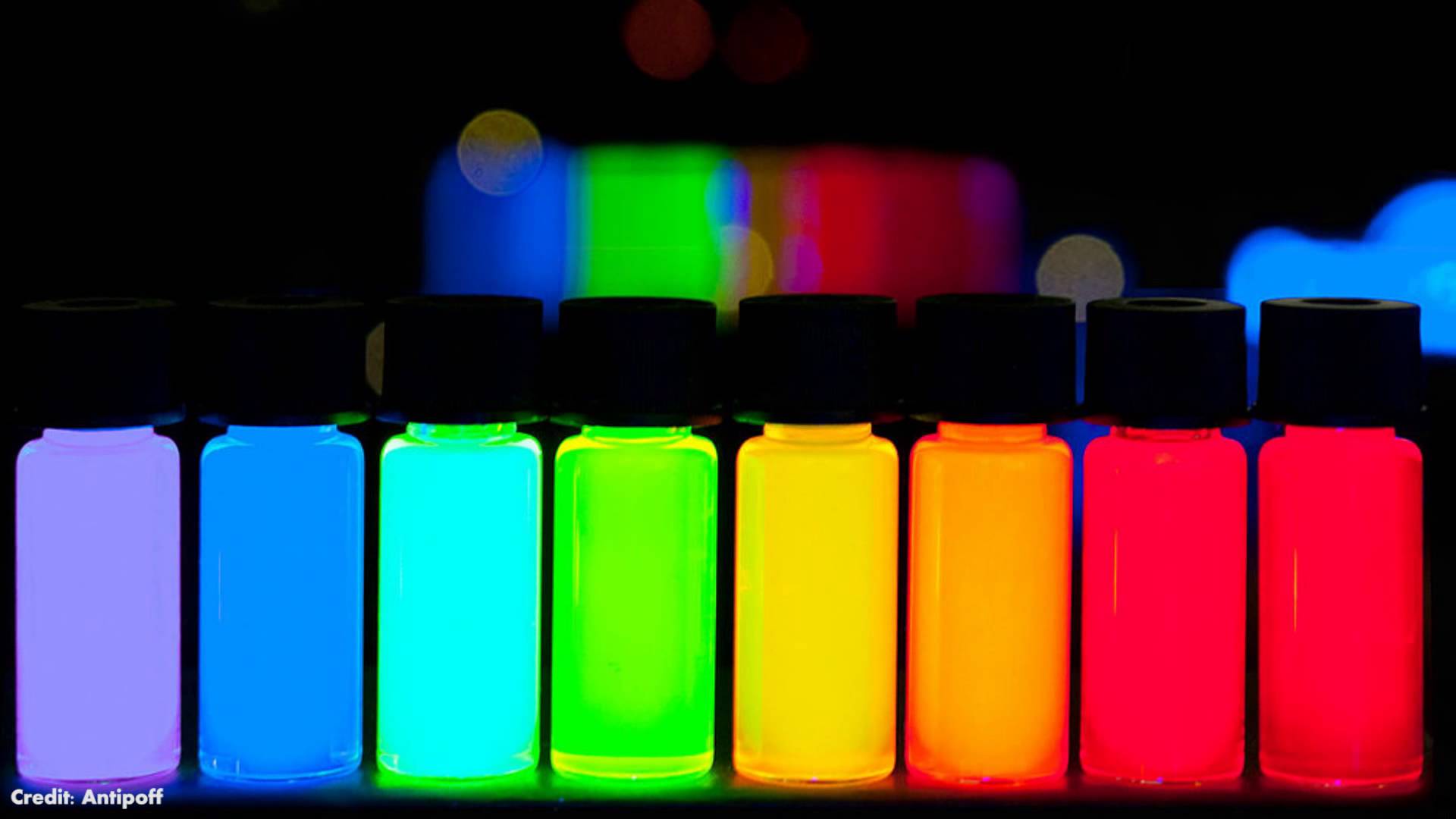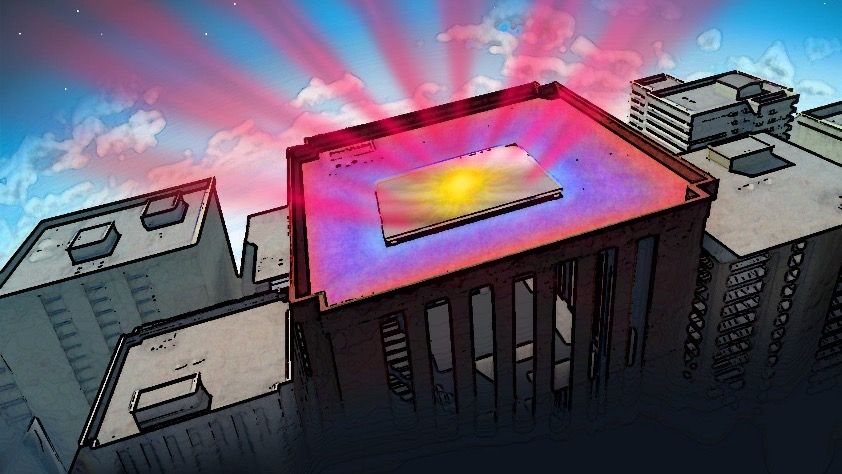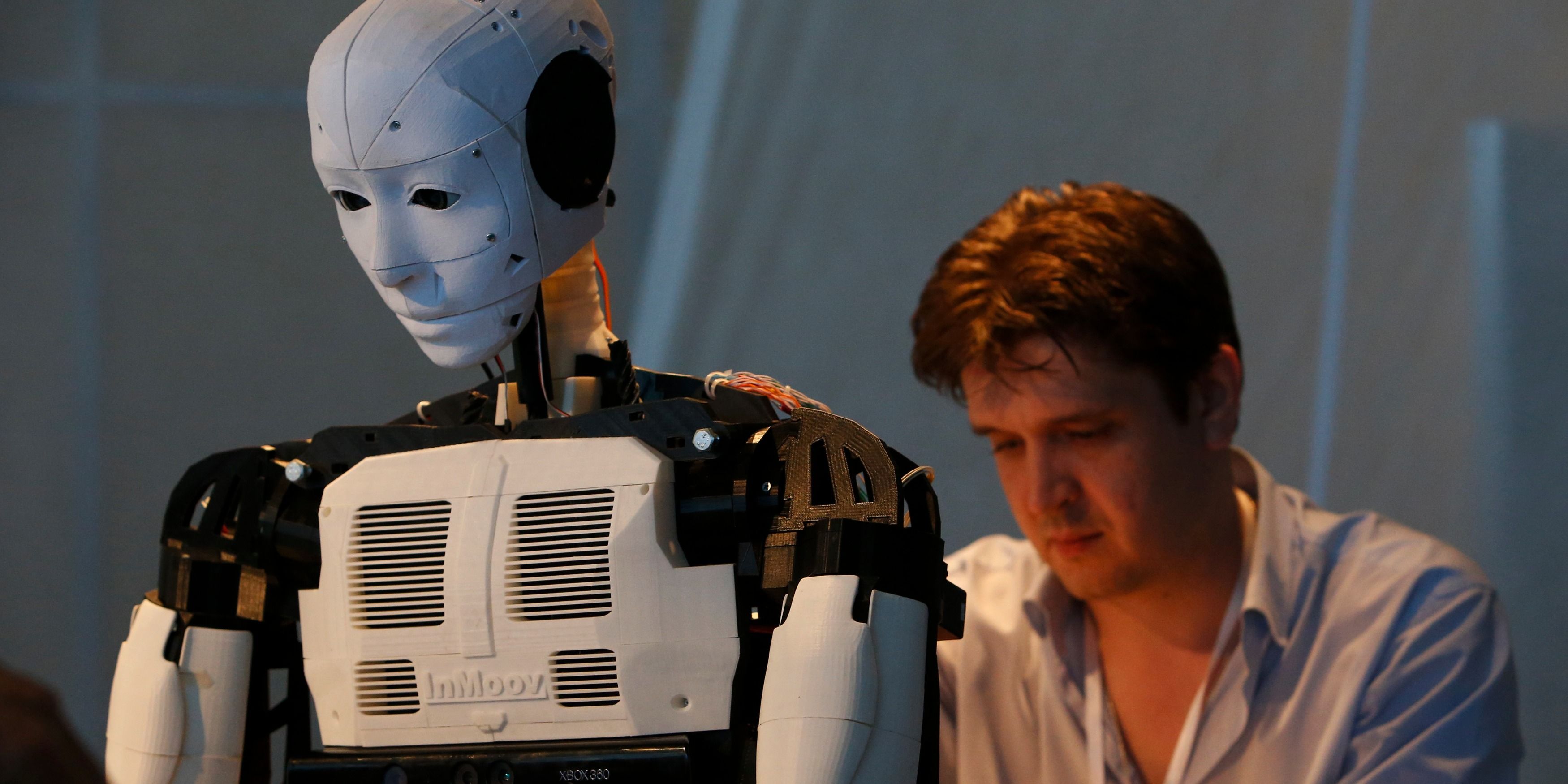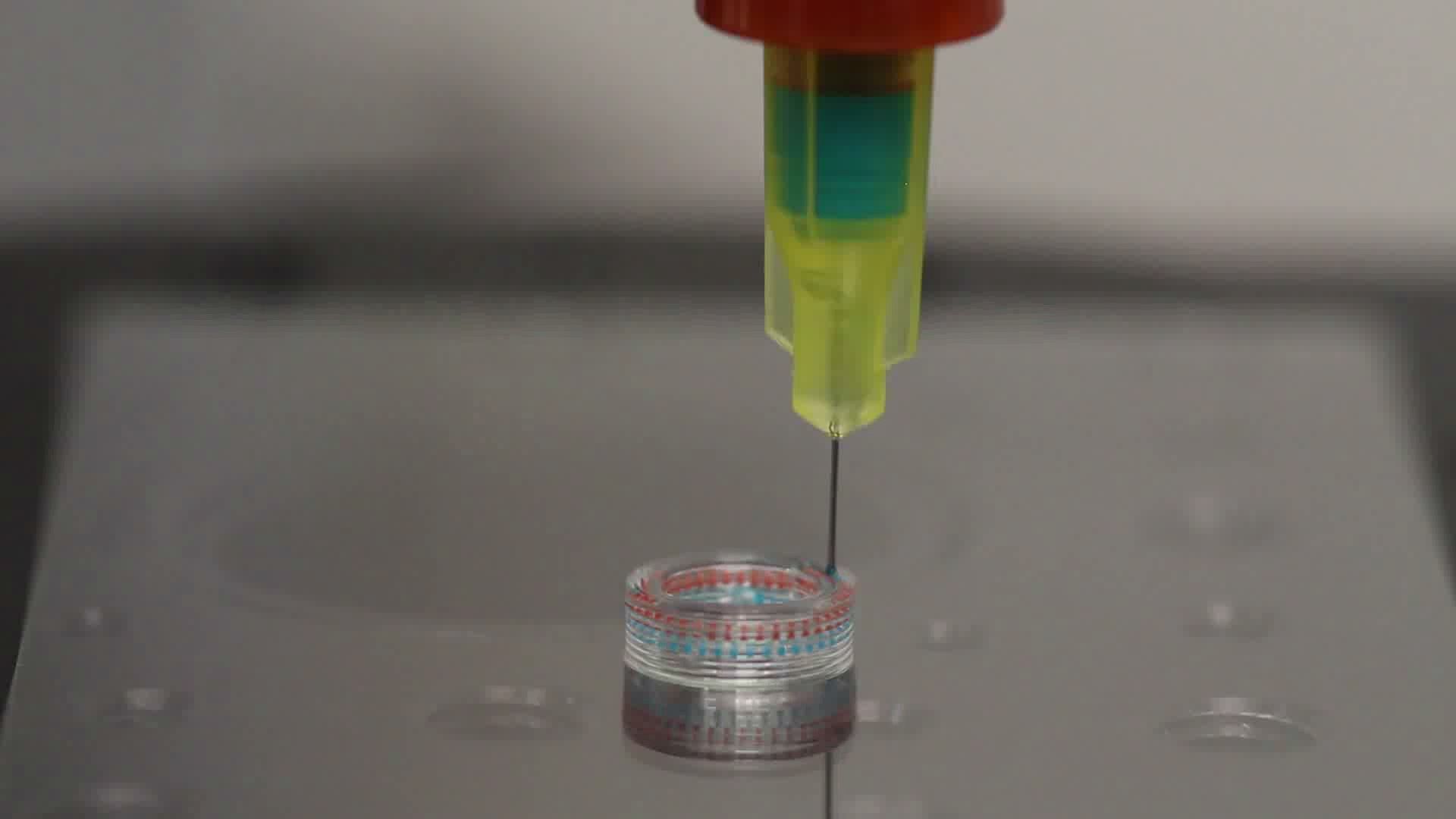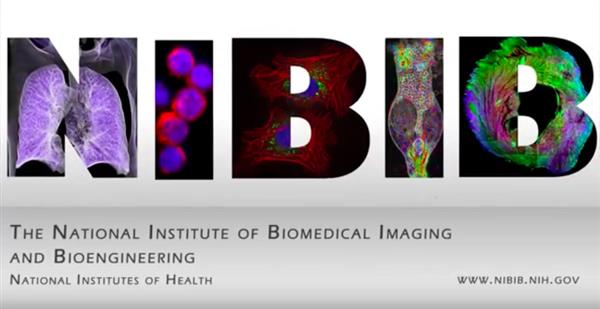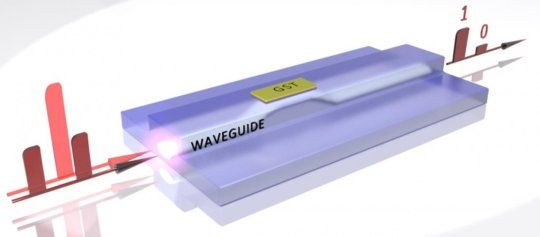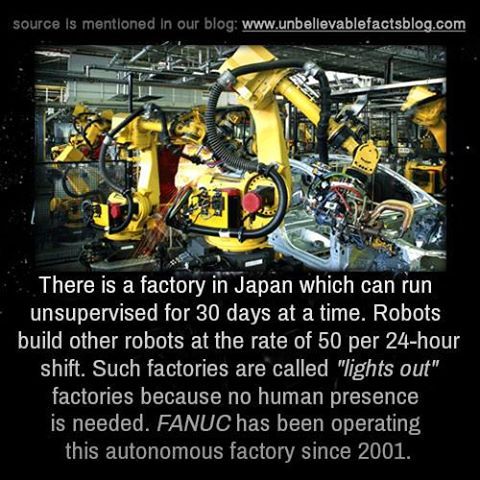Sep 23, 2015
Curing Aging with Cell Manipulation and Telomere Lengthening; One Year Away from Human Trials
Posted by Shailesh Prasad in categories: biotech/medical, life extension
 This week’s episode welcomes Bill Andrew’s, Ph. D., President and Founder of the biotechnology firm Sierra Sciences. Bill is widely considered the foremost researcher on aging and telomeres and most of his entire professional career has been devoted to finding a cure for aging. Most notably, he led a team in 1997 at Geron Corporation to successfully identify the human enzyme telomerase. An enzyme that causes Telomeres to lengthen, thus enabling cells to replicate itself without hitting their Hayflick limit (i.e. the number of times a cell is able to reproduce itself). It is believed that only human embryonic stem cells and cancer cells are immortal and do not possess a Hayflick limit.
This week’s episode welcomes Bill Andrew’s, Ph. D., President and Founder of the biotechnology firm Sierra Sciences. Bill is widely considered the foremost researcher on aging and telomeres and most of his entire professional career has been devoted to finding a cure for aging. Most notably, he led a team in 1997 at Geron Corporation to successfully identify the human enzyme telomerase. An enzyme that causes Telomeres to lengthen, thus enabling cells to replicate itself without hitting their Hayflick limit (i.e. the number of times a cell is able to reproduce itself). It is believed that only human embryonic stem cells and cancer cells are immortal and do not possess a Hayflick limit.
Our conversation explores the science, possibilities, and social impacts of finding a cure for aging. He explains his company’s quest to create a safe and affordable drug that will lengthen telomeres in every cell in your body. He believes his research team is one year away from starting human trials if he receives the additional funding necessary to finish his research.
Join us in this fascinating discussion that is sure to change the way you view aging and our future.
